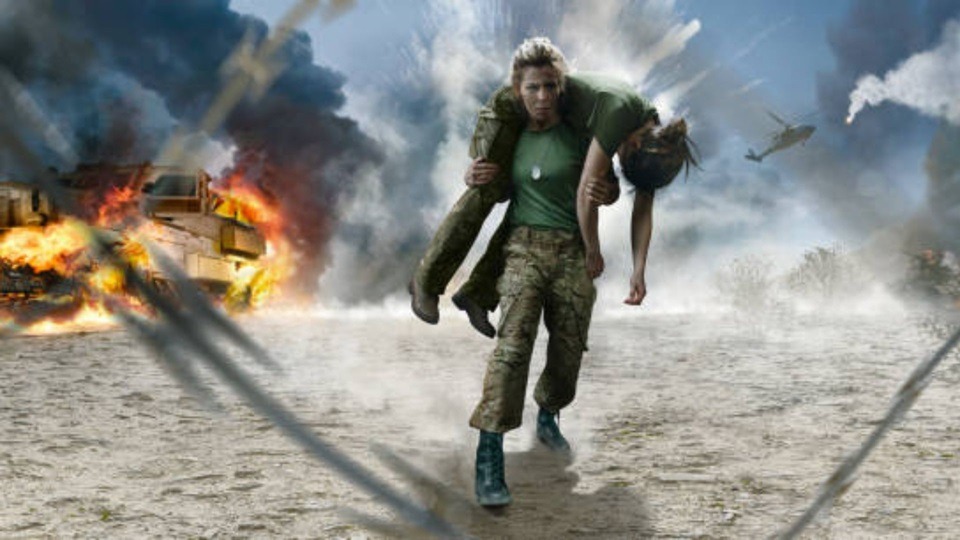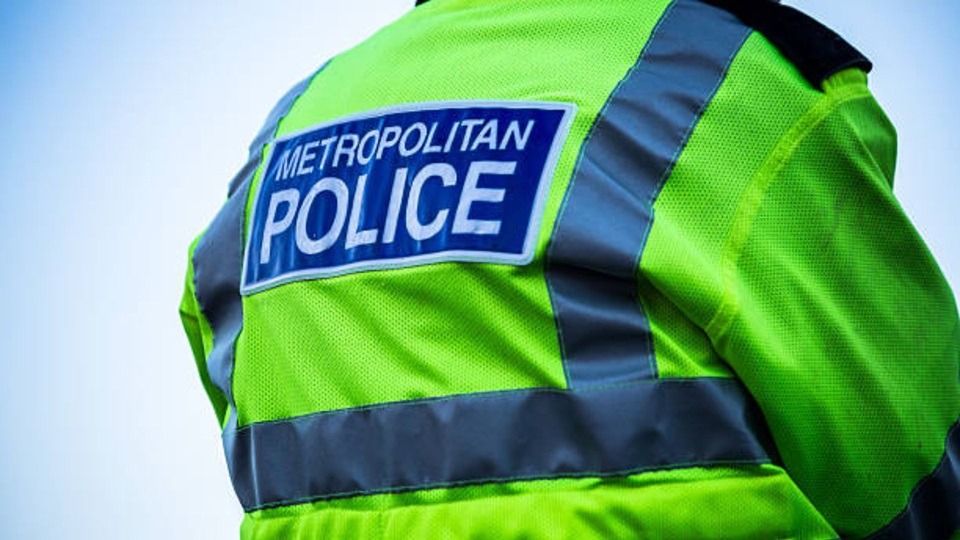Situational Awareness
Situational Awareness
Courses - Situational Awareness
Personal Safety
Situational Awareness
Conflict Management
Self Defence
Stalking
Theft & Robbery
Situational Awareness
Situational awareness or situation awareness (SA) is the understanding of an environment, its elements, and how it changes with respect to time or other factors. Situational awareness is important for effective decision making in many environments.
Course Content
Our situational awareness course is geared to everyone looking for ways and means to improve their everyday safety. From understanding how quickly and easily situations and circumstances can change at a moment notice…or no notice at all.

Read on below to get an idea of course content…
Why Is It Important?
Situational awareness enhances response coordination, mitigates risks, minimises damages, and saves lives. It allows individuals and organisations to better understand the dynamics of various contexts, enabling them to respond and adapt effectively.
Awareness of one’s surroundings also enables effective decision-making, saving time and resources.
Situational awareness is vital in:
- Self-Defence scenarios
- Emergencies
- Natural disasters
- Security instances
- Critical events
- Work environments
Situation awareness has been recognised as a critical foundation for successful decision-making across a broad range of situations, many of which involve the protection of human life and property, including law enforcement, aviation, air traffic control, ship navigation, health care, emergency response, military command and control operations, transmission system operators, self defence and offshore oil and nuclear power plant management.

Endsley's Theory
Inadequate situation awareness has been identified as one of the primary causal factors in accidents attributed to human error. According to Endsley’s situation awareness theory, when someone meets a dangerous situation, he needs an appropriate and a precise decision-making process which include pattern recognition and matching, formation of sophisticated schemata and archetypal knowledge that aids correct decision making.
The formal definition of SA is often described as three ascending levels:
- Perception of the elements in the environment,
- Comprehension or understanding of the situation, and
- Projection of future status.

What Are The Levels?
1. Perception
2. Comprehension
3. Projection

People with the highest levels of SA have not only perceived the relevant information for their goals and decisions, but are also able to integrate that information to understand its meaning or significance, and are able to project likely or possible future scenarios. These higher levels of SA are critical for proactive decision making in demanding environments.
Three facets of SA have been the focus in research: SA states, SA systems, and SA processes. SA states refers to the actual level of awareness people have of the situation. SA systems refers to technologies that are developed to support SA in many environments. SA processes refers to the updating of SA states, and what guides the moment-to-moment change of SA.
Course Content
Our situational awareness course is geared to everyone looking for ways and means to improve their everyday safety. From understanding how quickly and easily situations and circumstances can change at a moment notice…or no notice at all.

Read on below to get an idea of course content…
Why Is It Important?
Situational awareness enhances response coordination, mitigates risks, minimises damages, and saves lives. It allows individuals and organisations to better understand the dynamics of various contexts, enabling them to respond and adapt effectively.
Awareness of one’s surroundings also enables effective decision-making, saving time and resources.
Situational awareness is vital in:
- Self-Defence scenarios
- Emergencies
- Natural disasters
- Security instances
- Critical events
- Work environments
Situation awareness has been recognised as a critical foundation for successful decision-making across a broad range of situations, many of which involve the protection of human life and property, including law enforcement, aviation, air traffic control, ship navigation, health care, emergency response, military command and control operations, transmission system operators, self defence and offshore oil and nuclear power plant management.

Endsley's Theory
Inadequate situation awareness has been identified as one of the primary causal factors in accidents attributed to human error. According to Endsley’s situation awareness theory, when someone meets a dangerous situation, he needs an appropriate and a precise decision-making process which include pattern recognition and matching, formation of sophisticated schemata and archetypal knowledge that aids correct decision making.
The formal definition of SA is often described as three ascending levels:
- Perception of the elements in the environment,
- Comprehension or understanding of the situation, and
- Projection of future status.

What Are The Levels?
1. Perception
2. Comprehension
3. Projection

People with the highest levels of SA have not only perceived the relevant information for their goals and decisions, but are also able to integrate that information to understand its meaning or significance, and are able to project likely or possible future scenarios. These higher levels of SA are critical for proactive decision making in demanding environments.
Three facets of SA have been the focus in research: SA states, SA systems, and SA processes. SA states refers to the actual level of awareness people have of the situation. SA systems refers to technologies that are developed to support SA in many environments. SA processes refers to the updating of SA states, and what guides the moment-to-moment change of SA.
Book A FREE Zoom or phone call to discuss your needs and find out what we can offer your business and employees.
Self-Defence
Our Most Popular Course For Businesses and employees
“The defensive use of physical force for the purpose of preventing an actual or imminent threat of unlawful violence against the person with the aim of creating a window of opportunity to escape the threat.”
